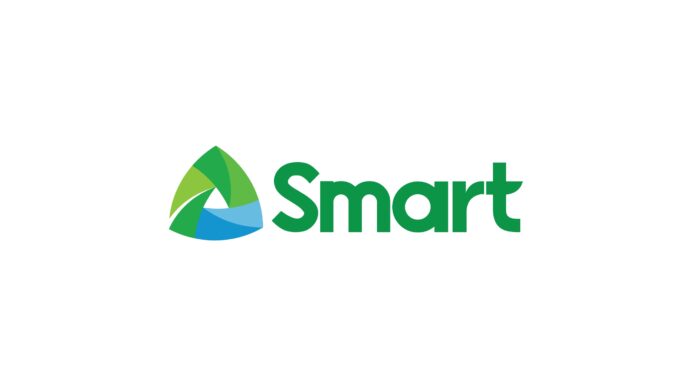Smart Communications, Inc. (Smart) claims to have the “cleanest” network in the region with the deployment of Spectrum-NET, a digital tool in managing and mitigating the impact of radio frequency interference.
The wireless unit of PLDT Inc. deployed Spectrum-NET nationwide just last year, enabling Smart to cut in half the interference impacting their network, making the company the cleanest network in the region.
According to data from Spectrum Effect, Smart now performs better than other operators in Asia Pacific, the Middle East and Africa, and Latin America, putting Smart’s performance at par with North American and European countries.
Smart is presently in the process of turning up Spectrum-NET’s new auto-mitigation capability, immediately increasing network capacity and improving service quality for subscribers affected by remaining interference sources.
“Radio frequency interference has a severe impact on our customers’ quality of experience, as it can lead to slower connections and choppy calls. As such, it has been a priority for Smart to take on this challenge head-on,” said Eric Santiago, Network head at PLDT and Smart.
“By partnering with Spectrum Effect and adopting their industry-leading Spectrum-NET solution, Smart has overcome the formidable RF interference environment in the Philippines, delivering topnotch experience to our subscribers across the country. This is also proof of PLDT and Smart’s commitment to continue investing in automating our network and making our operations more efficient,” he added.
Smart launched the Spectrum Interference Extraction Detection (SIED) Program driven by Spectrum-NET. The SIED program analyzed Smart’s entire cellular network and removed 60 percent of Passive Intermodulation (PIM) interfered cells and 65 percent of RAN-Generated Interference (RGI) impacted cells to normal levels as of January 2023.
To stem the continued increase in external interference sources (e.g., substandard repeaters or “boosters”), especially in urban areas, Smart works closely with the National Telecommunications Commission (NTC).
“With the SIED program, Smart has been collaborating with spectrum effect on the development of solutions that automatically mitigate the impact of all types of interference, including boosters. Our efforts have contributed on average 40 percent in downlink throughput and 80 percent in UL [uplink] throughput gains on cells where we resolved RF interference,” said Radames Zalameda, head of network quality, PLDT and Smart said.
“We have maximized the value of the spectrum and improved customer experience on our network. We have been able to respond with better precision and agility using automated processes in optimizing Smart’s network,” Zalameda added.







